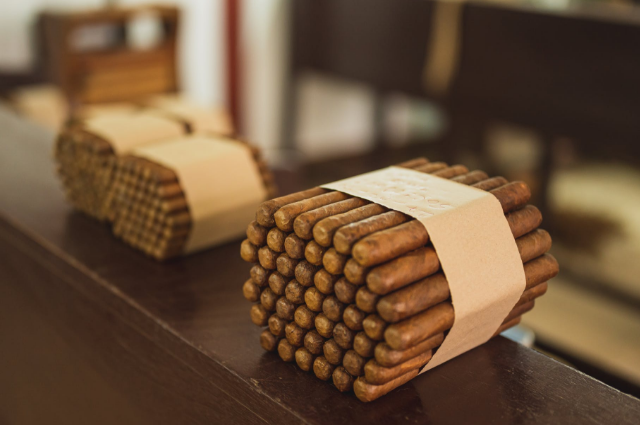Smokeless tobacco remains just as steeped in tradition and culture as before. Most people start chewing tobacco to awaken, get inspired, and unwind. Historically touted as the”healthier” alternative to smoking, the dip was an attractive alternative for those who wanted to quit but still enjoy nicotine.
Origin of Chewing Tobacco
We do not understand when folks began chewing on tobacco. However, you will find more than 600 native words to explain uses such as the green leaf, which has sometimes been the backbone of markets worldwide. Natives into Latin America smoked tobacco, chewed it, and even used it to alleviate toothaches.
Before the Revolutionary War, farmers financed the beginnings of colonies on the selling of Southern tobacco, which was highly prized in Europe. Tobacco farming spread and turned into a family tradition passed from generations. The convention of chew tobacco has been called a rite of passage at different times during our history.
The Evolution of Smokeless Tobacco
Today, as science brings the health dangers of smokeless tobacco into mild, customers search for new ways to delight in their customs while removing undesirable components. They appear to create their goods with the idea that nicotine is an essential part.
Manufacturers also have fruity flavors and internet earnings to appeal to more cigarette consumers’. Although cigarettes are the tobacco business celebrity, chewing tobacco is and always has been at the core of innovation. The product customers fall back to as the less dangerous tobacco choice; it’s about a lot over the addiction itself.
Smokeless Tobacco vs. Cigarettes
The observable positioning of smokeless tobacco products since the harmful choice to smoking has affirmed continued expansion. Popular among athletes for decades, so many purports that chewing improves their functionality, makes them more alert and provides them increased endurance. Big tobacco companies don’t have any difficulty supporting the battle between policymakers and consumers of the goods, which explains why they’re still omnipresent despite known wellness hazards.
This is even though chewing tobacco is known to lead to oral and throat cancers, and it’s suggested in certain sorts of digestive cancers. But roasting and fermenting tobacco at the manners that must generate a desirable taste and texture boost the presence of carcinogens in most tobacco products. Individuals who use chewing tobacco adore their dip. For many, the ritual of breaking up the seal and placing a new pinch of tobacco within their lip is the most gratifying. Add to this, the nicotine present in many products, and you have got a custom that’s all but impossible to stop.
